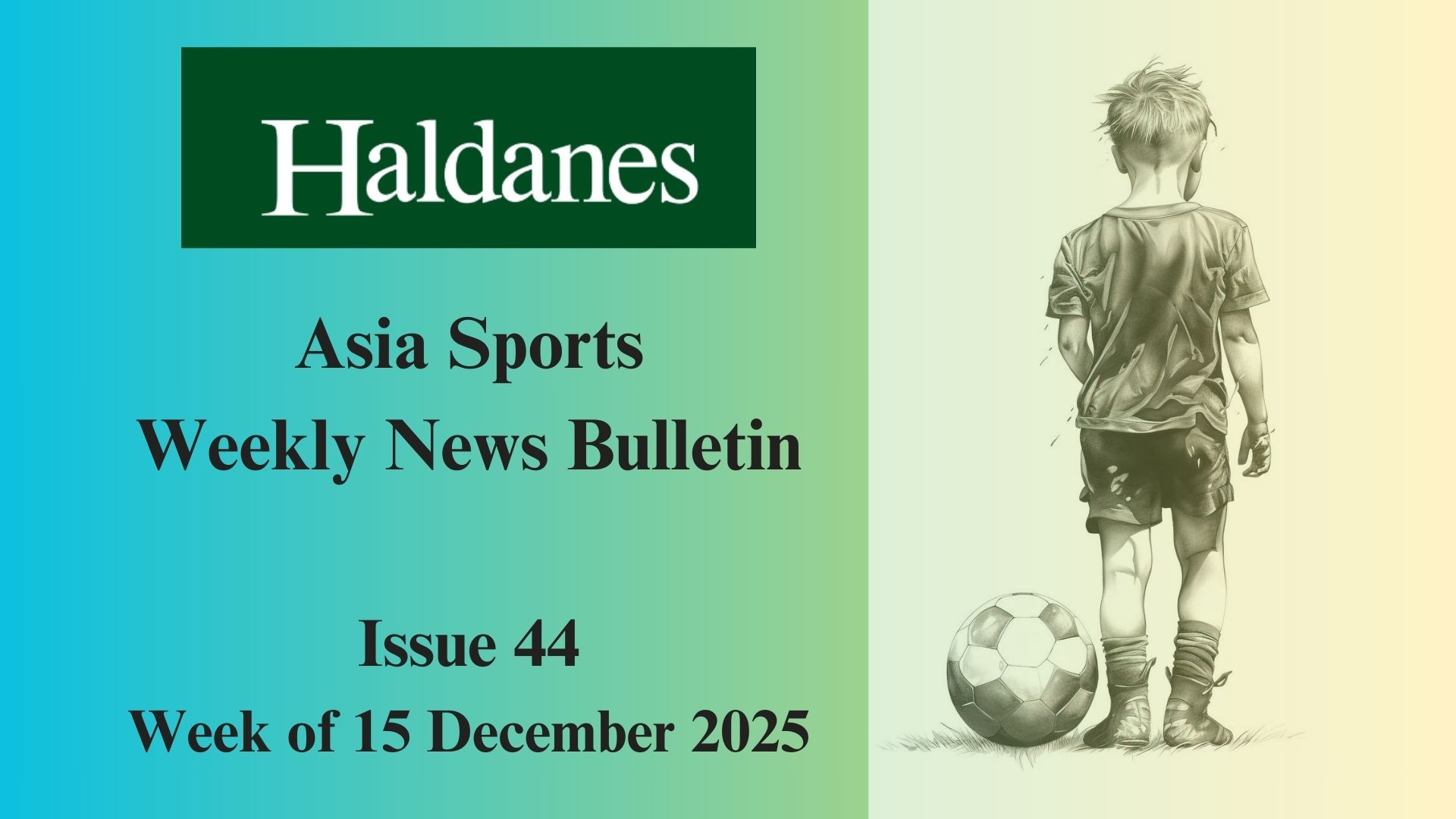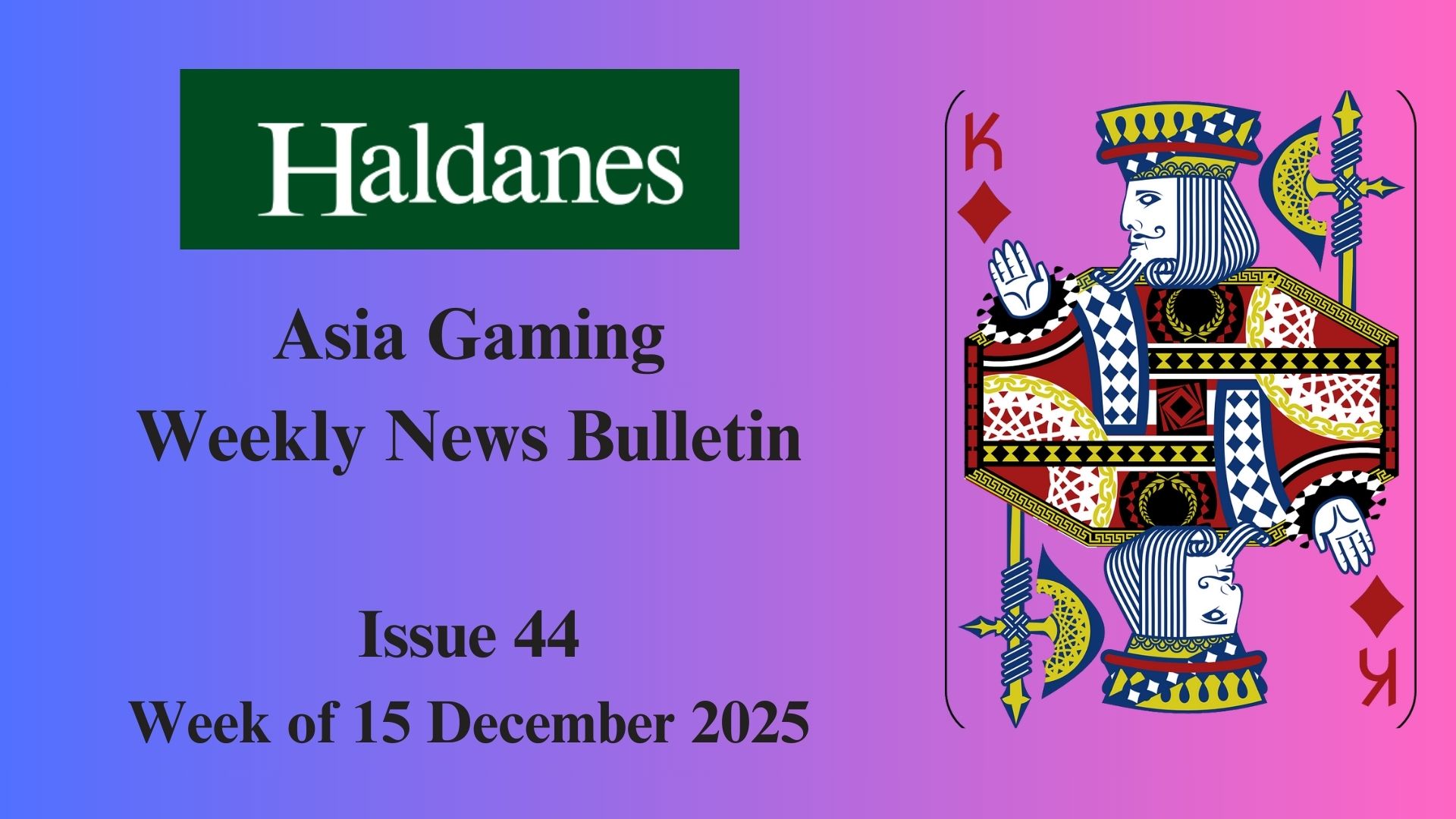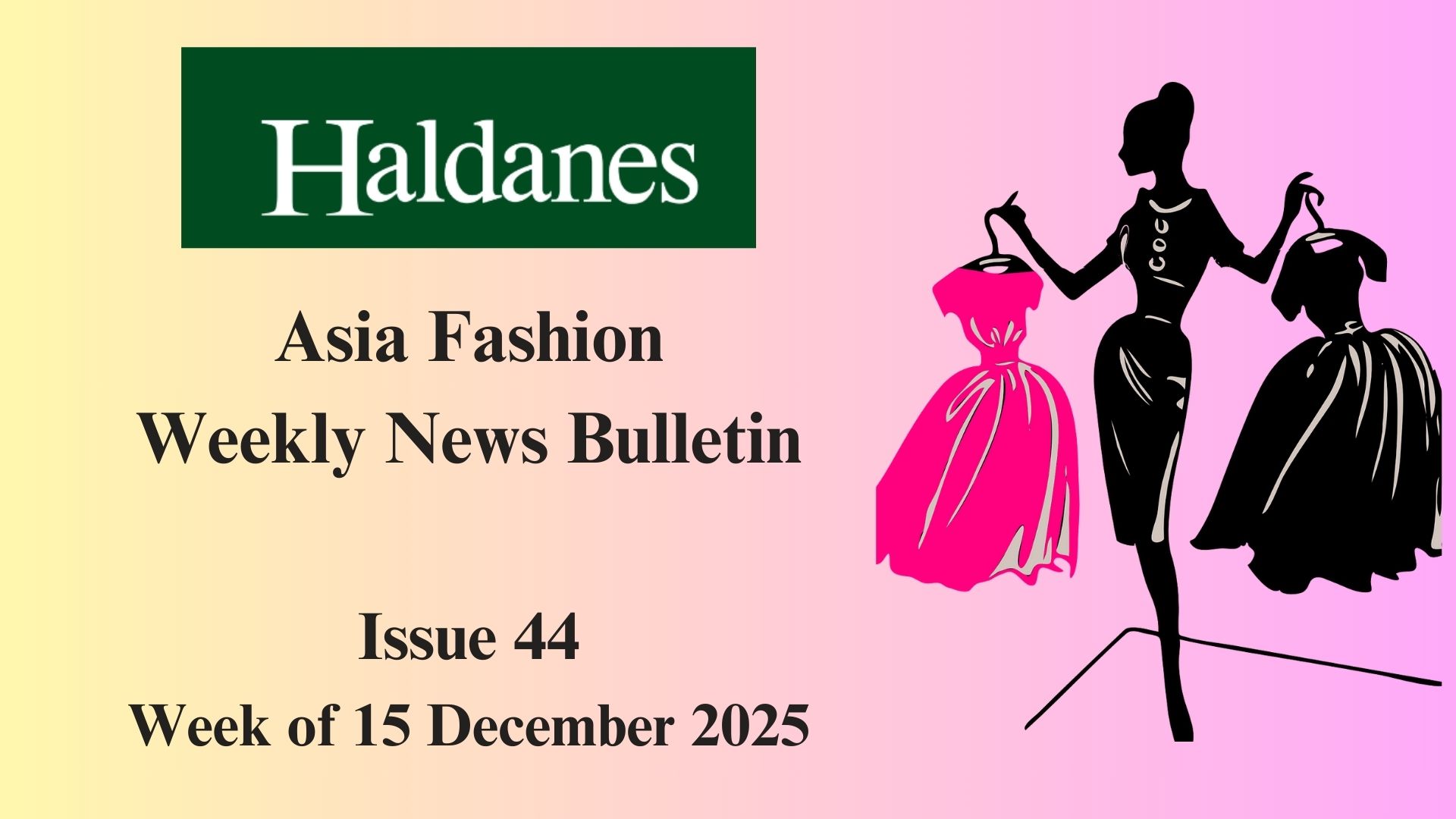Asia Art Weekly News Bulletin – ISSUE 28 Week of 18 August 2025
(1) Chinese pressure forces shutdown of Bangkok art exhibition, Myanmar organisers flee to the UK seeking asylum
The exhibition featuring works by exiled artists from China, Russia, and Iran exploring authoritarian oppression faced repression from Chinese officials, leading its Myanmar curator couple to flee to the UK seeking asylum.
(2) Liberation via art: exhibition shows loss, rediscovery of homeland
Seoul’s exhibition, Landscapes of Homeland and Longing (Aug 14–Nov 9), displays 210 Korean artworks from 1910-2024, exploring national identity through landscapes marked by colonialism, war, and rebirth, with rare pieces from private collections and museums.
(3) The 5th Greater Bay Culture and Arts Festival will be organised from September to October across 11 cities
The 5th Greater Bay Area Culture and Arts Festival (Sept 16-Oct 16) features 100+ shows across 11 cities, merging global acts with local productions while offering 50%+ subsidised tickets and free community performances to boost cultural accessibility.
(4) Art investments gain ground in Hong Kong amid market volatility, global uncertainty
Hong Kong art market gains traction as inflation hedge, with 14% global share. Youth buyers boost <$50k segment while digital/AI art rises. Speculation and pricing risks challenge long-term stability despite strong auction volumes.
(1) Chinese pressure forces shutdown of Bangkok art exhibition, Myanmar organisers flee to the UK seeking asylum

(Photo Credit: BBC News)
A provocative art exhibition at Bangkok’s premier arts venue has sparked diplomatic tensions, leading its Myanmar curator couple to flee to the UK seeking asylum. The exhibition, “Constellation of Complicity: Visualising the Global Machine of Authoritarian Solidarity,” featured works by exiled artists from China, Russia, and Iran exploring authoritarian oppression.
Shortly after its July 26 opening at the Bangkok Arts and Cultural Centre (BACC), Chinese embassy officials accompanied by Bangkok authorities made multiple visits demanding censorship, particularly targeting works by Tibetan, Uyghur, and Hong Kong artists. The curators claim they faced police harassment, though Thai authorities deny this.
Facing pressure, BACC negotiated a compromise where certain sensitive artworks were removed rather than closing the entire exhibition. The curators told the BBC that Chinese officials initially sought complete shutdown, objecting to pieces they deemed politically inflammatory. Human rights advocates have condemned the incident as emblematic of transnational repression, where governments extend censorship beyond their borders.
News Source: https://www.bbc.com/zhongwen/articles/cdrknr1npgno/trad
(2) Liberation via art: exhibition shows loss, rediscovery of homeland

(Photo Credit: MMCA)
Marking the 80th anniversary of Korea’s liberation, Landscapes of Homeland and Longing at Seoul’s MMCA Deoksugung (Aug 14–Nov 9) presents 210 works by 85 artists, tracing the nation’s journey from Japanese colonial rule (1910–45) to modern times. Through paintings, sculptures, and photos of regions like Tongyeong and Uljin-gun, the exhibition juxtaposes themes of territorial loss, division, and post-war resilience. Rarely seen pieces from private collections debut alongside rediscovered works, including Kim Won’s untitled post-war riverscape and Park Sunghwan’s symbolic Nostalgia (featured on the exhibition poster), which captures folkloric longing through vivid textures.
The exhibition reveals how artists processed national trauma – colonial erasure, war, and separation – through evolving visual languages. Park Sunghwan’s vertical composition of a jar-carrying woman embodies collective memory, while Kim Won’s sunset-lit tranquility reflects postwar hope. MMCA Director Kim Sunghee emphasizes the show’s focus on “artists who documented their homelands amid upheaval.” Spatial diversity is key: coastal Sinan-gun’s isolation contrasts with Hongseong-gun’s agrarian scenes, each region’s landscape serving as a metaphor for Korea’s fractured yet enduring identity.
Housed within Deoksugung Palace (requiring a KRW 3,000 combined ticket), the exhibition bridges art and public history. By spotlighting both famed and overlooked works – many stored for decades – it invites reflection on how landscapes encode cultural survival.
News Source: https://www.korea.net/NewsFocus/Culture/view?articleId=277354

(Photo Credit: Guangdong-Hong Kong-Macau Greater Bay Area Culture and Arts Festival)
The 5th Greater Bay Area Culture and Arts Festival, jointly organised by China’s Ministry of Culture and Tourism, Guangdong Province, Hong Kong, and Macau, will run from September 16 to October 16 across 11 cities. Featuring five thematic sections – performances, art lectures, exhibitions, public programs, and trade forums – the festival offers over 100 premium shows, 18 art exhibitions, and 150 free performances. Highlights include 35 curated productions (10 international, 17 domestic/HK/Macau, 8 local), with 50+ free tickets per show and discounts as low as ¥30 to enhance accessibility.
The festival merges world-class acts like Russia’s Yevgeny Onegin and France’s Molière with regional gems such as Cantonese opera and Hong Kong play Skylight. Four high-profile art forums will explore urban cultural development and Xiqu innovation, while the 16th China (Guangzhou) International Performance Trade Fair (September 25-28) will facilitate global collaborations. A centrepiece contemporary art exhibition at Guangdong Museum features 98 works by 37 Greater Bay Area’s artists, fostering cross-border dialogue through guided tours and talks.
Prioritising community inclusion, the festival launches “Art Lights Life” essay contests (with cash prizes), flash mobs in public spaces, and discounts – museum entry deals for ticket holders. Over 50% of show tickets are subsidised, with free performances in schools and parks. Hong Kong/Macau productions like February 29 and symphony concerts led by conductor Huang Yi underscore Greater Bay Area’s unity.
News Source: https://culture.southcn.com/node_b02a77b893/56f7177a0b.shtml
(4) Art investments gain ground in Hong Kong amid market volatility, global uncertainty

(Photo Credit: Vernon Yuen)
Hong Kong’s art market is increasingly viewed as a legitimate alternative asset class, attracting a new generation of investors amid global economic volatility and a shifting financial landscape. According to industry reports, the market share of Hong Kong and mainland China in modern and contemporary art doubled from 7% in 2015 to 14% in 2024, with family offices now allocating up to 10% of their portfolios to art. This strategic shift is driven by art’s low correlation with traditional equities and its perceived resilience during periods of inflation and trade uncertainty, particularly as the US-China trade war prompts investors to seek stable, tangible assets.
A significant demographic transformation is underway, with nearly 40% of bidders and buyers in Asia now under the age of 44. Younger collectors, including Gen Z and millennials, are propelling growth in the accessible art segment (works under US$50,000), while digital and AI-generated art gain traction. Auction data reveals resilience in lower-priced segments, with sales under US$5,000 rising despite a 12% overall decline in global art sales in 2024. Hong Kong’s role as the world’s third-largest art auction hub after New York and London is further cemented by its strategic position bridging mainland Chinese high-net-worth individuals and international markets.
However, the market is not without risks; experts warn of speculative behaviours inflating prices beyond intrinsic value, potentially deterring new entrants. Maintaining a diverse offering of both Chinese and international art is crucial for Hong Kong’s continued appeal and market balance.
News Source: https://www.channelnewsasia.com/asia/hong-kong-art-auction-invest-young-collectors-accessible-5304361


